The Object Talk: Sam Stewart
A few weeks ago, I ventured over to the Raymond Naftali building in Chelsea to have a chat with Sam Stewart in the Apartamento magazine office, which up until recently functioned as his studio space, but is now defunct. I’ve been following Sam’s work over the last three years; he’s a maker who crafts and corrals objects out of familiar materials that sometimes take the form of food to construct an armchair, or uses tulle that dances and drapes the exterior of a couch or lamp shade. He’s interested in playing with ornament to represent design function, starting with the architectural needs of a given space. For instance, what a space might be lacking in light could be compensated for in texture or form. More specifically, Sam seems to be asking, how does one enliven or activate a chair as an object to witness and experience but never use, but that can represent its intended function.
Sam hails from North Carolina and doesn’t have a background in design or art, but does have exposure to them. He often witnessed his father’s process as a contractor building houses, but Sam was rarely impressed with the final product itself. He was always more taken with the process and materials as individual components that could collide and make something unrecognizable to the untrained eye. I caught up with Sam on the remaining chairs in the office and we spoke more intimately about the inner workings of navigating the downtown New York design and art scene, the process of engaging and maintaining relationships and forming communities, and the art of giving yourself over to the practice of doing and making things.
Welcome to The Object Talk.
So, I read that your dad was a carpenter and that's kind of the story that you tell. But how did you shift into making things; were you always thinking about furniture
I’ve never defined specifically what I do because I've never felt I needed to, given that I didn't go to an art school. I've just always liked to make things and to create things and I think I've always had an interest in the objects in my home from, like, a very young age. Obviously, I saw the stuff my dad was doing and building. I never really had an interest in that kind of work.
What was the work he was doing?
He's a builder, and so he was framing out and building houses. I always found certain things about his practice that shocked me, or I thought what he was doing was more beautiful in certain stages than when it was finished. So, I already had developed some sense of aesthetics based purely on observation.
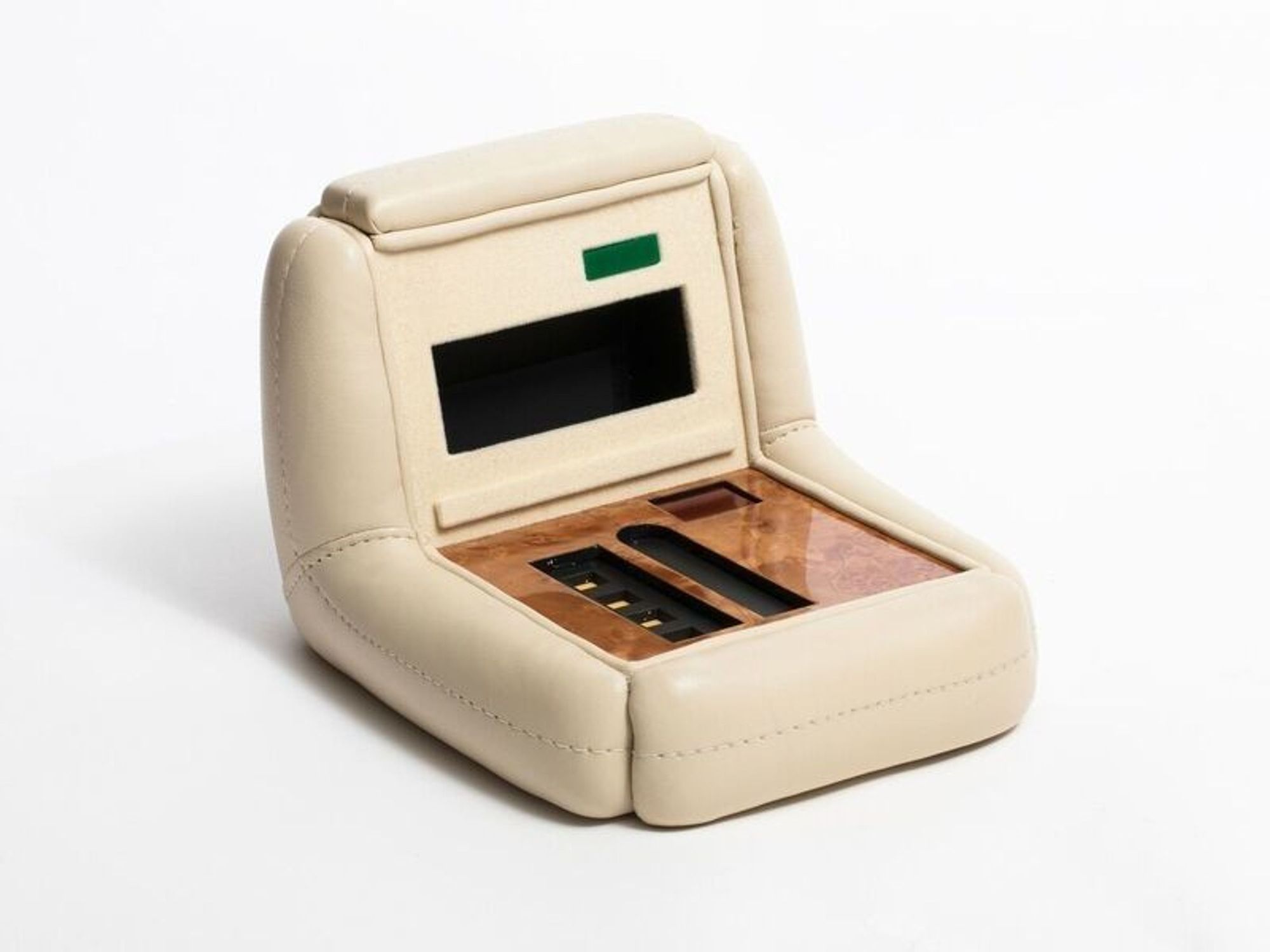
By witnessing the process?
Yeah, the skeleton was more beautiful than the finished thing.
I saw this house that was being constructed when I was in the Hamptons and the constructors were framing out the house in plywood. And I thought to myself, I wish my house could just be a plywood house.
Yeah.
Like that would be the ideal…
All the things that make it look like a house, things that, like, hide...
Hide the actual
...the actual house, itself. Yeah, that's my earliest memory of that. I was one of those kids that painted and would draw obsessively, and my parents would encourage that. As a kid that grew up in North Carolina, in an area where you could build stuff in the woods or whatever, I built a lot of structures like little treehouses and always had a project or something I was working on.
I built a raft and I would just entertain myself with all the free time that I had by coming up with something to build. Whether I was sectioning a garden or building out a yard, that’s always been a consistent thread for me. But to me it's never been an interest of mine to define that and I never once really thought about going to art school. I didn't really do anything interesting in high school and I think my high school art teacher probably was surprised this is the direction I went in.
And then when I came to New York I worked across the street from here [the Naftali Building in Chelsea] at the Barry Freedman gallery as an art handler for my first job. I knew basically no one in New York. I knew nothing. I kind of got this job through a friend. You know, you could've said Chelsea and I would've been like "What?" You know, no idea. I was totally green. And I think that because of that and not really having any distraction, basically no social life, I just had to develop, and it happened I further developed my interests in art design. So one really formative experience from that time was that one of the people who I worked with at Freedman had just graduated from the Whitney ISP program, and her and a friend of hers, who worked at Paula Cooper at the time, were starting a gallery just for the summer on Forsyth Street in Chinatown. It was open for like four months or something and they were like, “we need someone to help us for free to install all the shows.” I was like, “of course I'll do it.” But for me it meant working all day doing this one thing for money, and then working for free in the evenings.
And so, without having to really go to art school, I developed a community through working with them that summer. And yeah, it's kind of crazy, a lot of people that were involved in that have gone on to do some interesting things, and so have Suzie Oppenheimer and Margaret Kross who started the space. Suzie works in curatorial at the Art Institute of Chicago and Margaret's at the Whitney now as a curatorial assistant, and writes for Artforum. And so, they really kind of formed me because they saw that I had an interest in art writ large. You know, I was going to work for free just to have more exposure. And then the last show of that summer they allowed me to include work and the thing I made was a bench. And I don't know why I made a bench, but I did.
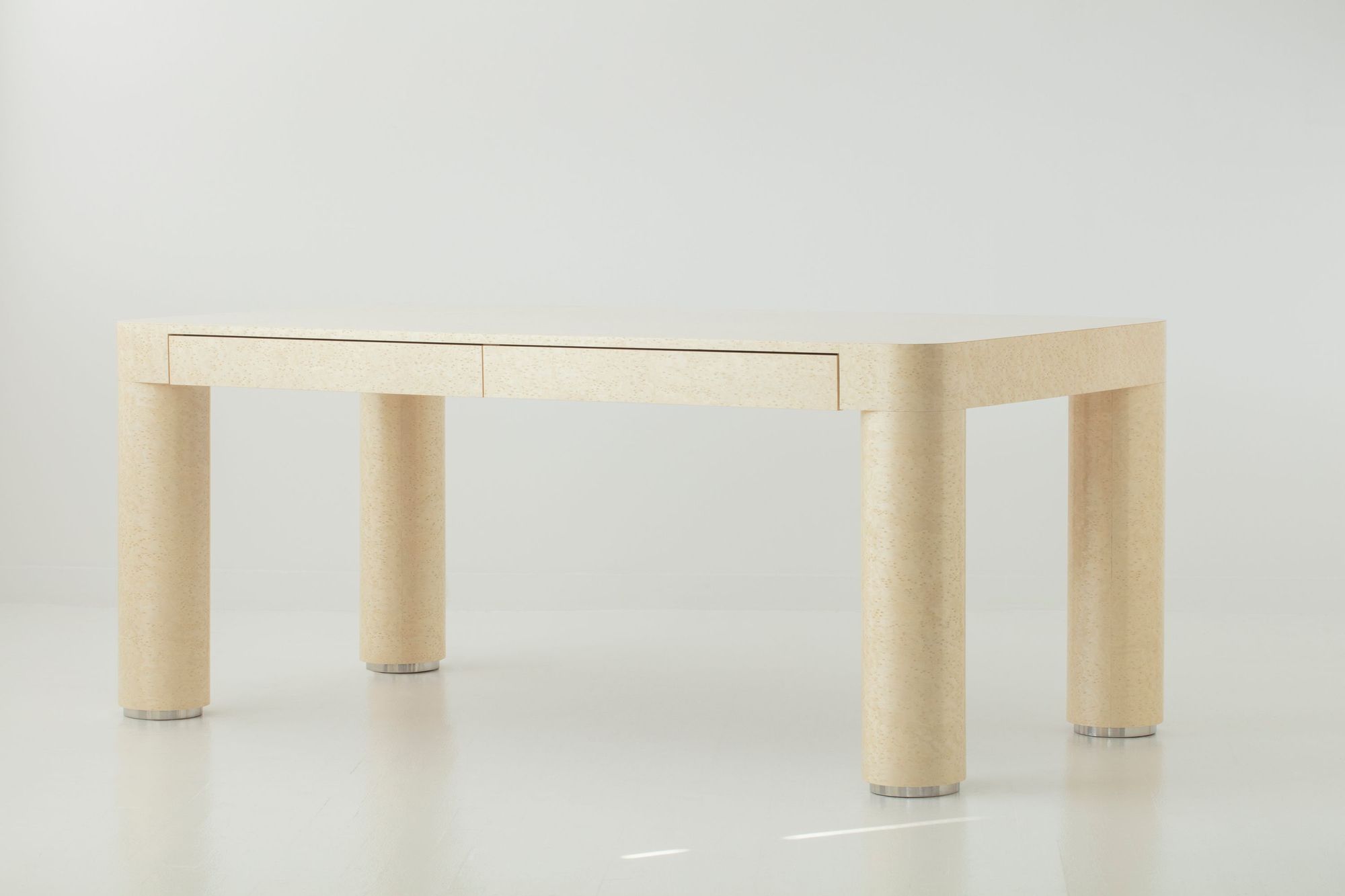
[Laughter] Was there a departure from the way you made objects as a child, by just engaging and not labeling it to get to what you're doing now and how you conceptualize having a practice?
My practice is totally ephemeral. I was making a lot of things myself for a long time, and I think about four or five years ago I started really relying on fabricators. Things shifted and became a lot more conceptual—in my head—just like having an idea for something, and in part probably due to all these years of having ideas and executing them myself I now fully conceptualize the object, and then it's just a matter of articulating it to someone who can make it.
What I do is I communicate the ideas that I have and that's the practice. It's hard to fully understand how I ended up in this place, and to trace it, but the further I go on I just have less and less interest in defining what I’m doing. I was reading this piece on Ron Nagle who was talking about ceramic art in the ’60s and ’70s. And for a long time, ceramics of any kind were considered craft. There are very few instances where Peter Voulkos and Ron Nagle and even George Orr, all of these ceramic artists from that era and even earlier, were considered in the contemporary art or modern art discussion at the time. And although a lot of artists made ceramics it was still kind of like craft in a silo. And I think that the language and the narrative historically evolved and now Ron Nagle's firmly positioned in contemporary art and shows with Matthew Marks.
I found that his comment on it, basically when he was asked how he would define his work, he just said it really doesn't matter. He said, “I don’t care what the label is; I just do the things that I feel like I should do, the things that come to mind and I have an interest in.” And I kind of really feel similarly. I've been categorized as an artist, categorized as a designer.
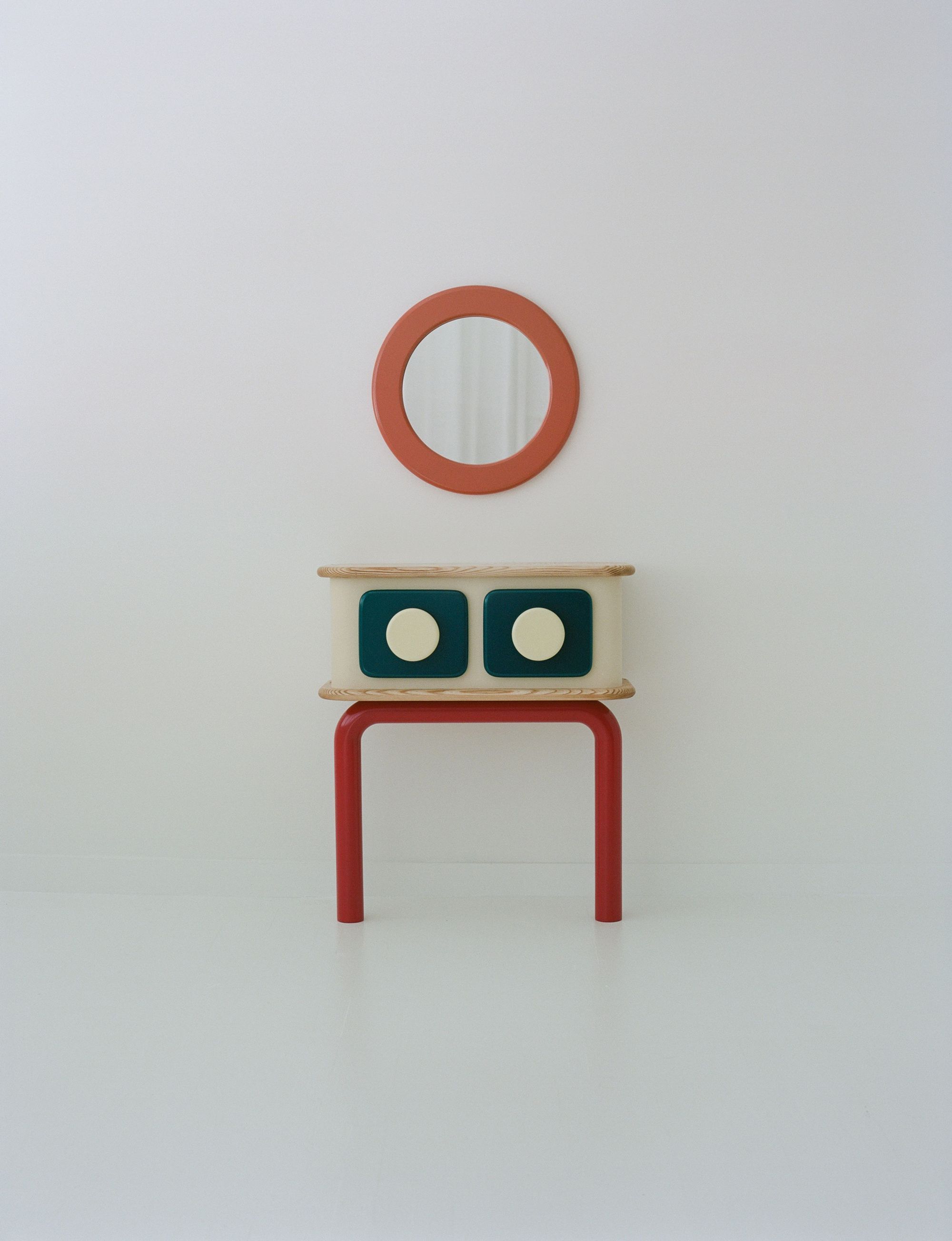
It seems like you’re engaging your practice in an architectural sense. Firstly, by thinking about what the space needs. Then asking, what do I want this light to do? How do I want this shape to function? What does that color emote in tone or structure? How do I activate or disembody an idea in order to produce a certain kind of feeling or situational circumstance?
Yeah, it's like wanting to control emotion through things that aren't alive, through inanimate objects. The architecture that I'm interested in and a lot of the art I'm interested in does exactly that. It provokes you in a way makes you feel a certain way, and as they say, “the sap starts to rise.” You can feel the energy from something, and it makes you excited. It makes me want to make something that feels that way to both myself and maybe someone else.
It seems like you developed your own framework or way of thinking prior to going to St. John's College [in Santa Fe], before you were reading more rigorously. It sounds like you were computing what college was, and what it needed to be. Trying to figure out which college to go to to acquire these skills which is basically how to think and how to engage critically with these ideas that you have, right? Were you thinking or were you reading about contemporary art then? Or did it happen when you moved to New York and you started to produce objects?
It happened once I moved to New York, when things started to change, and I was in a place where I was engaging the world as an open book. I think when people who were very academically sound in their approach, both historically and within contemporary art, realized that I had the desire to learn more about art, fed me as much information as possible, such as which articles to read and shows to go to.
I'm like a sponge for knowledge in that way. I don't think that'll ever change. It's not like that was my approach for a period of time. I'm still that way. I remember being told that, “I was ‘an artist,’” and I'm like, I don't really think in these terms. And people continuously rave, “the best artists are the ones making things without knowing that they're doing it under the umbrella of being an artist.” I was actually reading this interview with Harold Ancart in the New York Times a couple days ago, and he was talking about if two people call you a painter you're sort of a painter, at least in your mind and how you feel. And before then it's like yeah, he paints a little bit here and there. When 10,000 people are like you're a painter or 20,000; you're like, “I guess I'm a painter
Right.
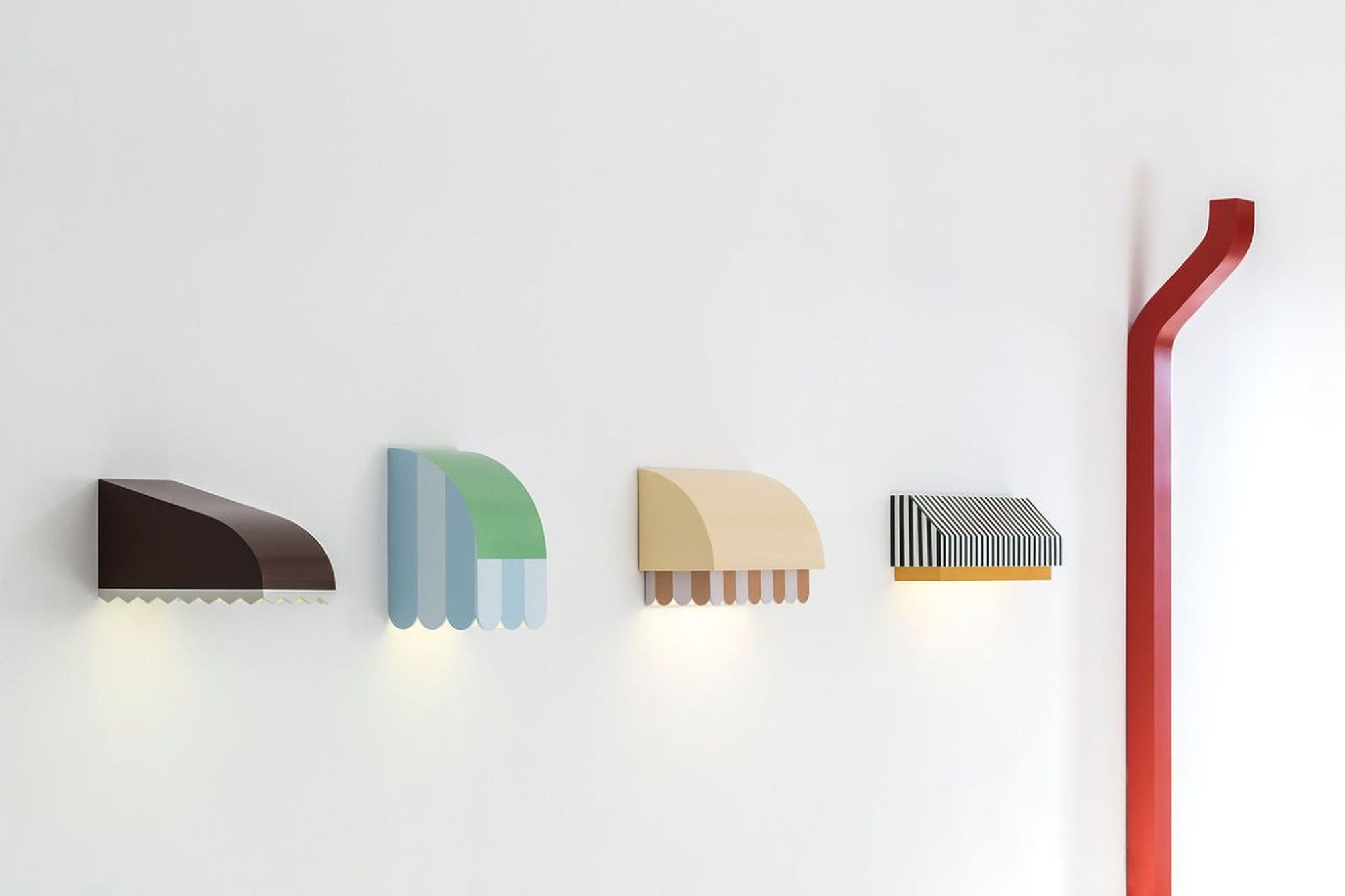
I think part of that was him being slightly facetious, like it's not like a mathematical proof that makes you anything, it's not an algorithm, but I think he was being slightly facetious when he said that. But I feel the same way. It's more of just a realization as you go on that the world categorizes people and things and that's kind of what we do as humans. But, you know, it's felt in that, yes, it's a realization from the outside. But at the same time I have more and more confidence in the fact that this is truly something I'd like to do and that's what kind of makes it go along. And it's real curiosity. I have interest in how to express the thoughts that I have in a way that I don't feel like it's different than what a painter does or what a writer does. At the core of that, going outside of all the labels and organization, it's just a curiosity.
Yeah…a way of communicating something through the embodied.
It's something I definitely learned at St. John's, which was founded by two professors from the University of Chicago in the 1930s who developed the St. John's model of education, which is a very traditional liberal arts education—traditional in the European sense. It’s discussion-based and all of your finals are written. I took a lot of mathematics, the way you move from Euclidean geometry to Apollonius and the iconic sections, and saw how Newtonian physics resulted from the movement of bodies trying to describe how bodies move geometrically—but it didn't quite work. It’s kind of broken down, like each one of these thinkers was working within a specific model and a set of rules and axioms and things they would create for themselves; it's like a game. Then they would play the game to its end and there would be contradictions sometimes in the middle. Sometimes at the end they would arrive at the contradiction.
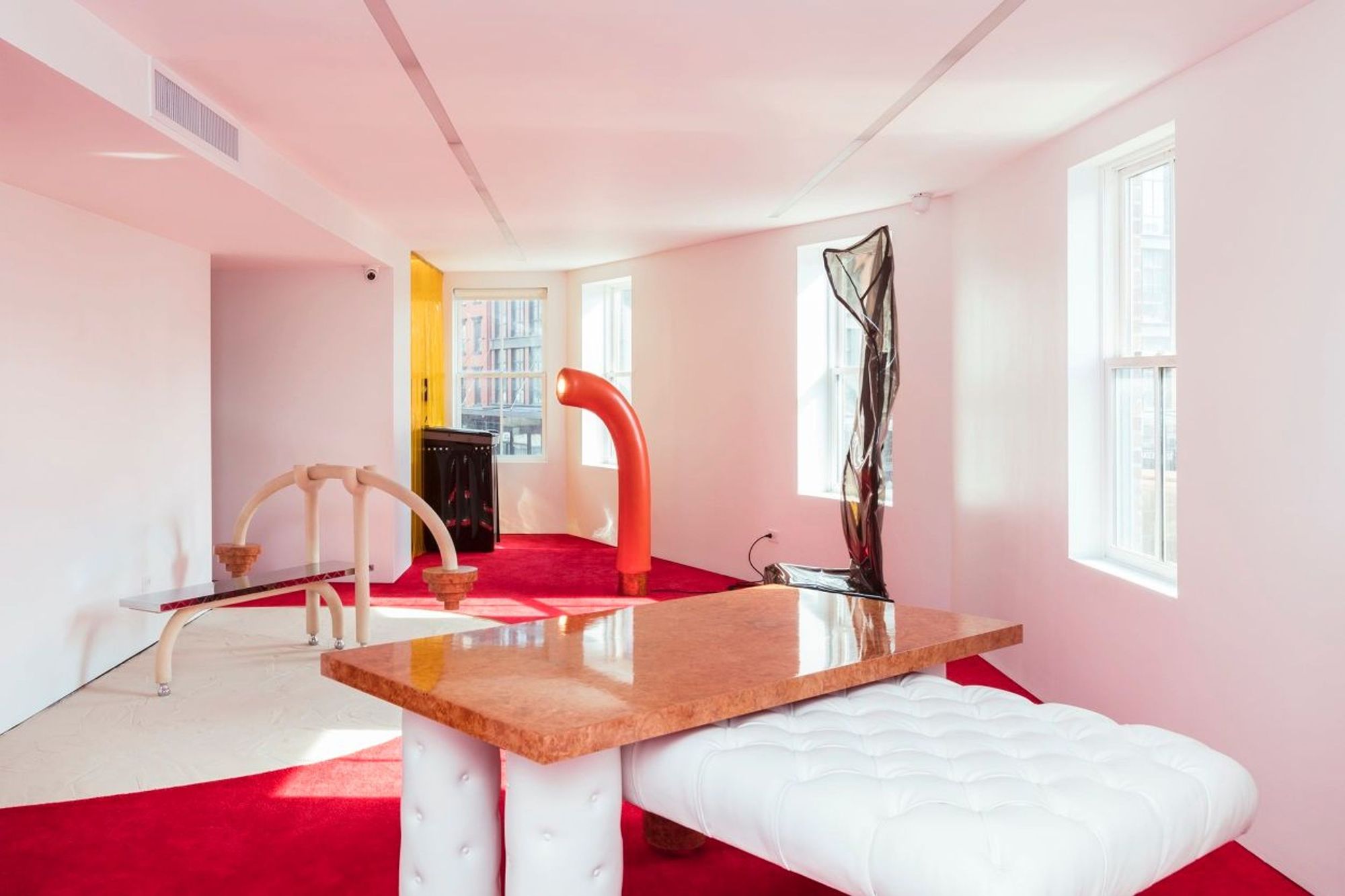
Yeah.
But nevertheless, they would fulfill that. It would fill out the entire sphere or whatever of information that resulted from those rules. And so, you would have the next person come along and build on that and create their own model. And so yeah, I kind of adopt that same method. I mean I really treat each new idea or project as a model, and I give myself certain restrictions, although it's not as rigid as a mathematical treatise, but I give it the full exploration.
Did you have a community before you moved to New York?
No and I felt so isolated in the ideas that I had, and so removed from even knowing where to put those ideas. When I came here, it immediately became clear to me that I would have done anything to get a start into a space where I could create.
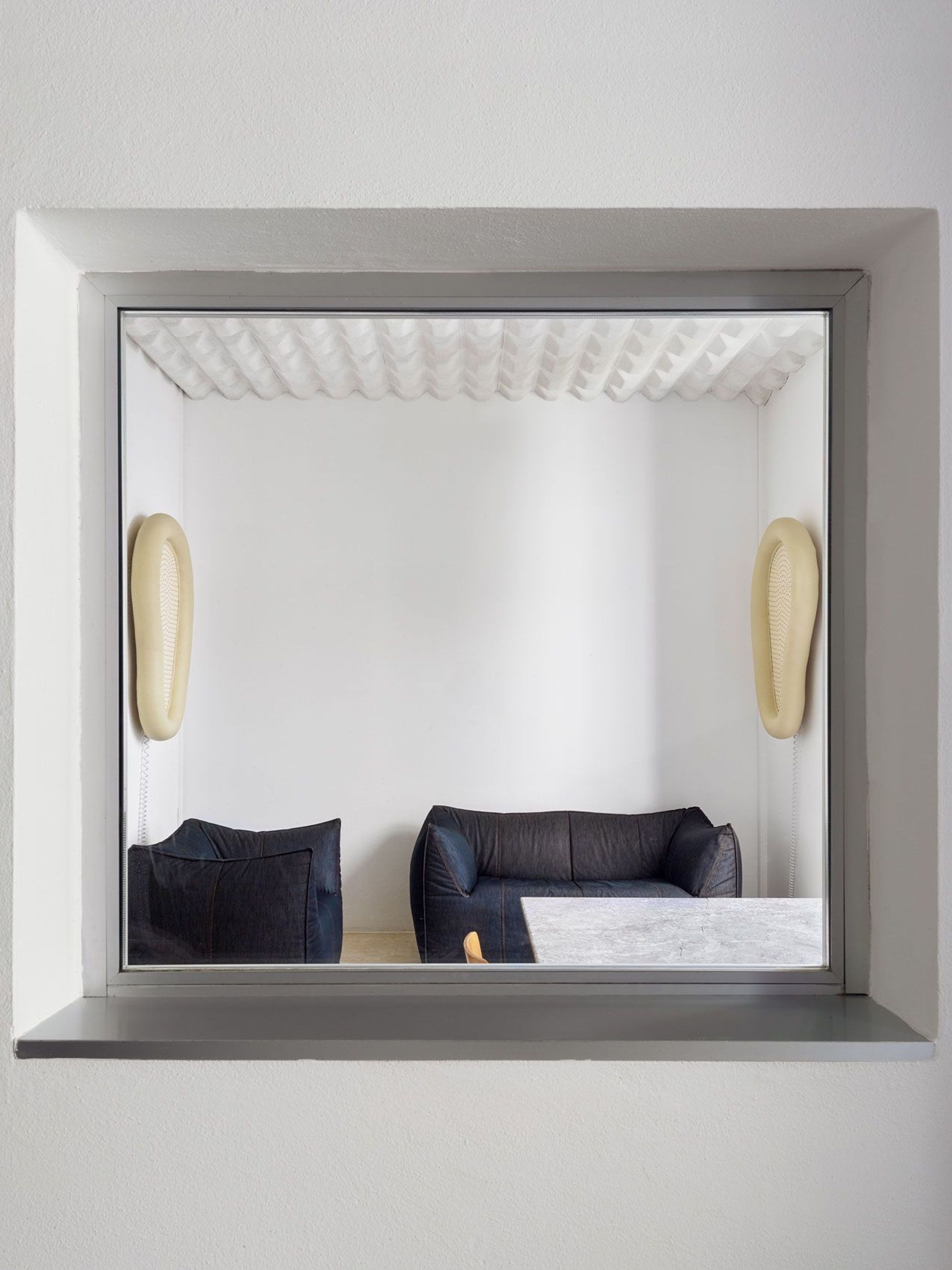
What does community mean to you now?
It's when you feel like you can share ideas with the immediate people around you, whom you’re also motivated, pushed, or challenged by. I never see the work that I'm doing in a void. I care about what other artists are doing. I care about the conversations that are going on, and I remember when I was having a conversation with a friend from the first gallery space that I mentioned, Margaret, who's a curator at the Whitney, I was saying that I don't see how the work that I do—this was a few years ago—fits into any kind of politic or community. It just feels like it just exists in its own bubble. She was like, “no one creates in a bubble.” You could isolate yourself, but I think that inevitably there's going to be someone that sees what you do, and they'll want to share parts of themselves and what they're doing with you. I think that community is very simple in a way. It's dialogue. It's communication…
Thoughts, feelings.
Yeah, I think at its core it's about having and meeting the desire of talking to someone about your ideas and being heard. I think it's a reason why a lot of artists go into academia at a certain point, not because they have to but simply because they desire community. And I think it's harder as you get older, which is the irony right? If the career advances linearly which is not always the case, it doesn't always run parallel to how building out a community usually functions. Often historically, you'll see the intensity of community and the intensity of dialogue happening very early on in the stages of most artists’ careers, then surpass their cohort and [you] will start to lose touch with that community. And that's a really scary thing to confront, existentially. And I do think that people are making more of an attempt now to preserve a sense of community and dialogue regardless of career path.
Have you seen the interview with David Foster Wallace where he's talking about being sincere and the problem with irony? I've been such a firm believer that we went too far down the path of irony.
It’s kind of toxic, and I think there are a lot of things tied to it. I feel like you kind of start to pick up on a way of being strong, like strength defined by an ability to reduce the world to...
...to divorce yourself from the pain, to evade and avoid, embracing irony as, like, an armor of sorts…
And it's no coincidence either that it parallels the drug epidemic beginning in the early ’90s and has that kind of haunting feeling. And I wonder if collectively, especially in America, if there was—being sandwiched in the peak of a kind of ironic expression and this desire to do drugs so that you don't feel—there’s an ultimate goal to eliminate pain? As a society, we have an obsession with eliminating pain of any kind, both physical and psychological.
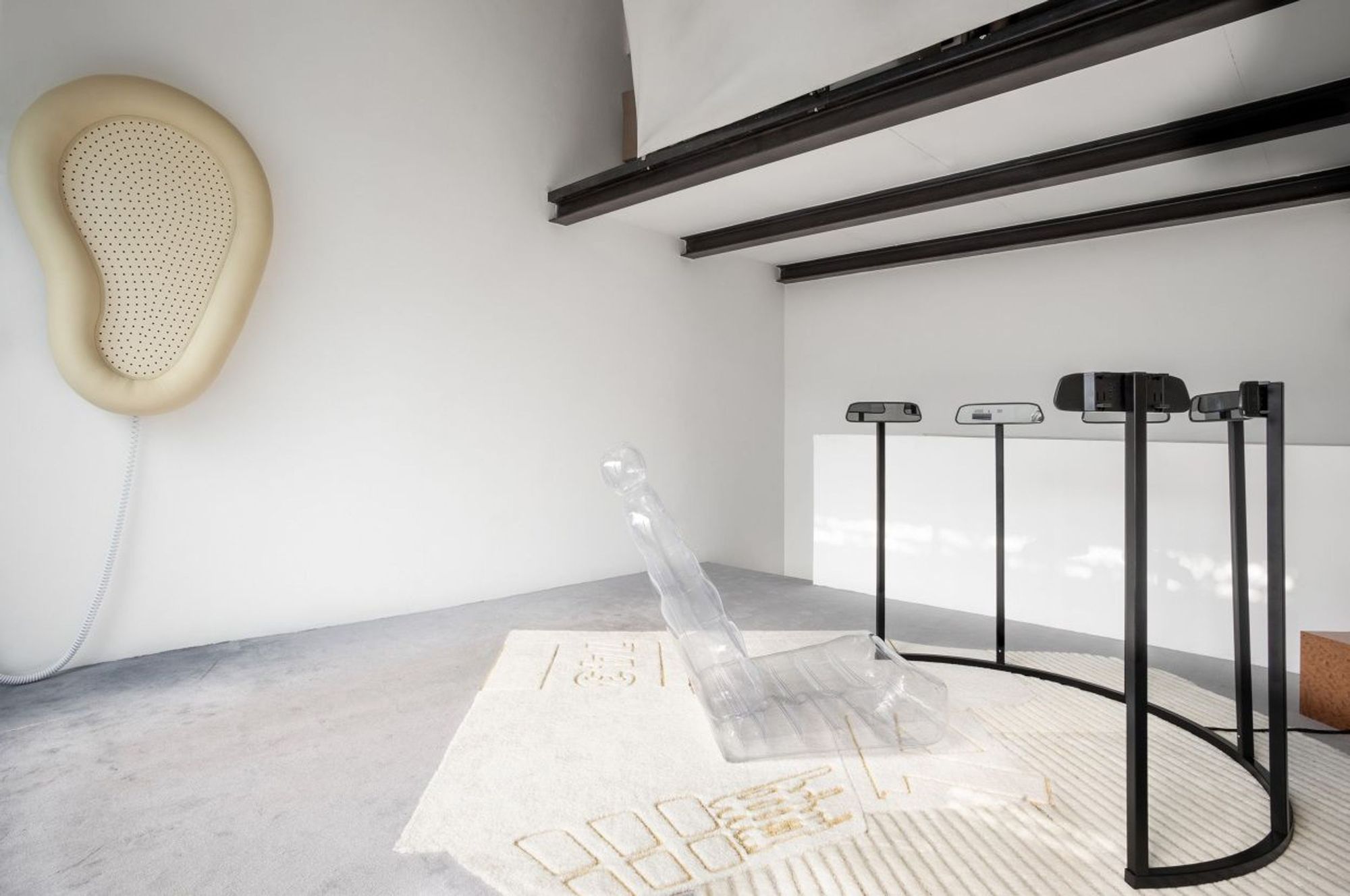
Right, I’ve had several conversations about irony and being sincere with a lot of close friends throughout the pandemic while engaging in content that just seems empty and reads more as spectacle than anything. It’s the Disney effect, you know? It’s all about happy endings, hope, and prosperity, but it fails to ever grapple with or address the real problems, with mental health being one of them. I think about the performativity of care and happiness a lot. I really don't want to be insincere.
I feel like it's a fight worth fighting. There are people that care about that conversation and I just thought the way David Foster Wallace put it was really beautiful, and I felt like almost in some way he was a victim to that, almost like too sensitive to his own narrative. The way he died, it's part of his own story, the story we now know. I just feel like there's a cruelty in that for someone that really stood for sincere expression in a world that's so, so saturated with irony. Like the media landscape at all levels.
Yeah, yeah.
I think a lot about it.
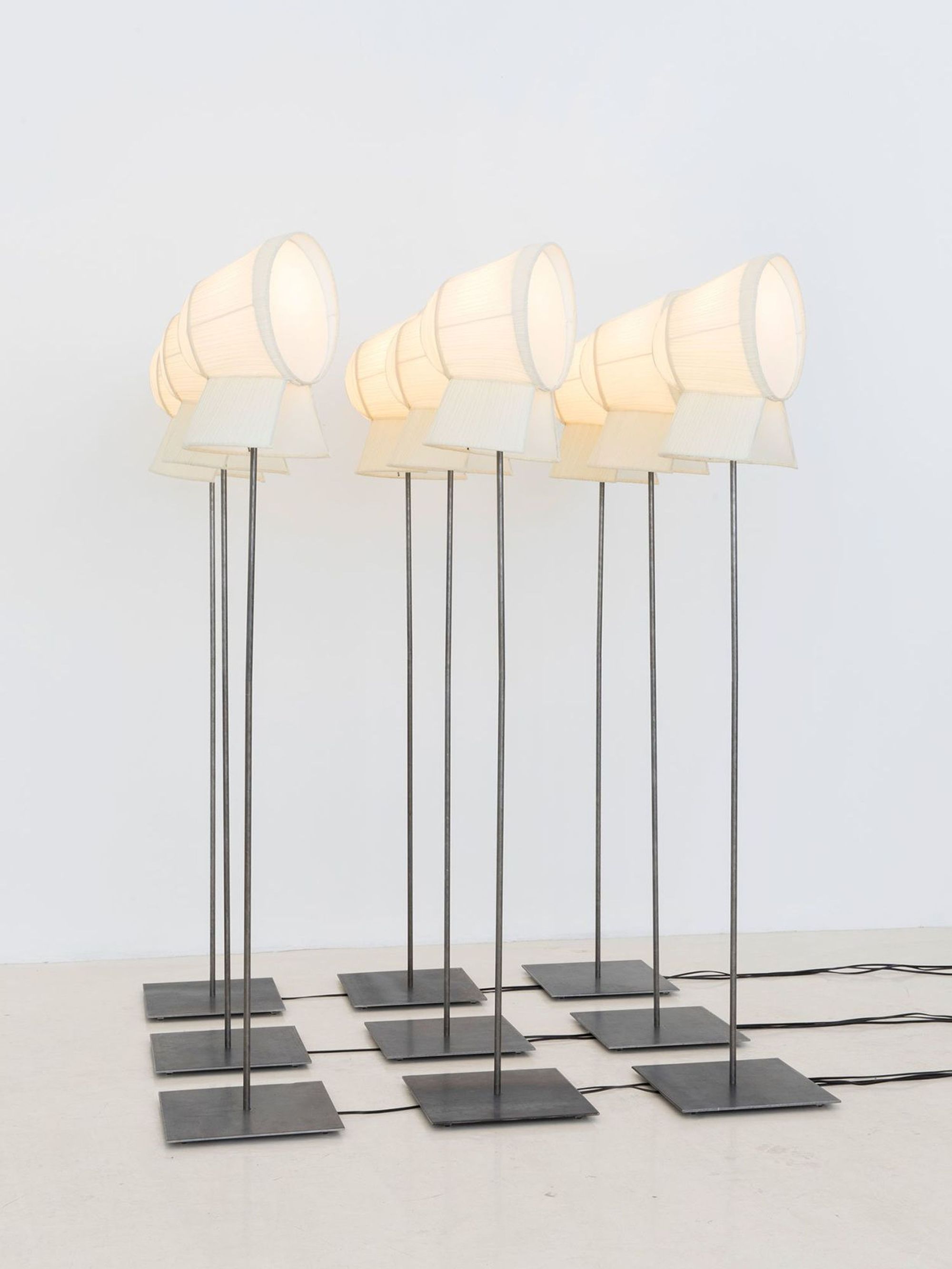
I think a lot of photography now is ironic. Even these sincere gestures of representation, like the conversations around representations are really ironic. You can't represent–you can't choose to represent something, though you can try. You can gesture at things, stage concepts, write books, invent theories, use colors, allude to certain moods, and the more general things that kind of slip through the cracks and avoid being named explicitly. But a lot of art doesn't necessarily land in that zone or intention. There can only be so many [Marcel] Duchamps.
Yeah, it's really hard to represent something. It's a lifetime's worth of work to undo some of the things that we’ve been conditioned to think, and to try to make an honest expression through whatever work you do. I do see this limitation of thinking that everything you do signals something because you intended it to. It almost reads like naivety. But it’s really an affect.
Subscribe to Broadcast